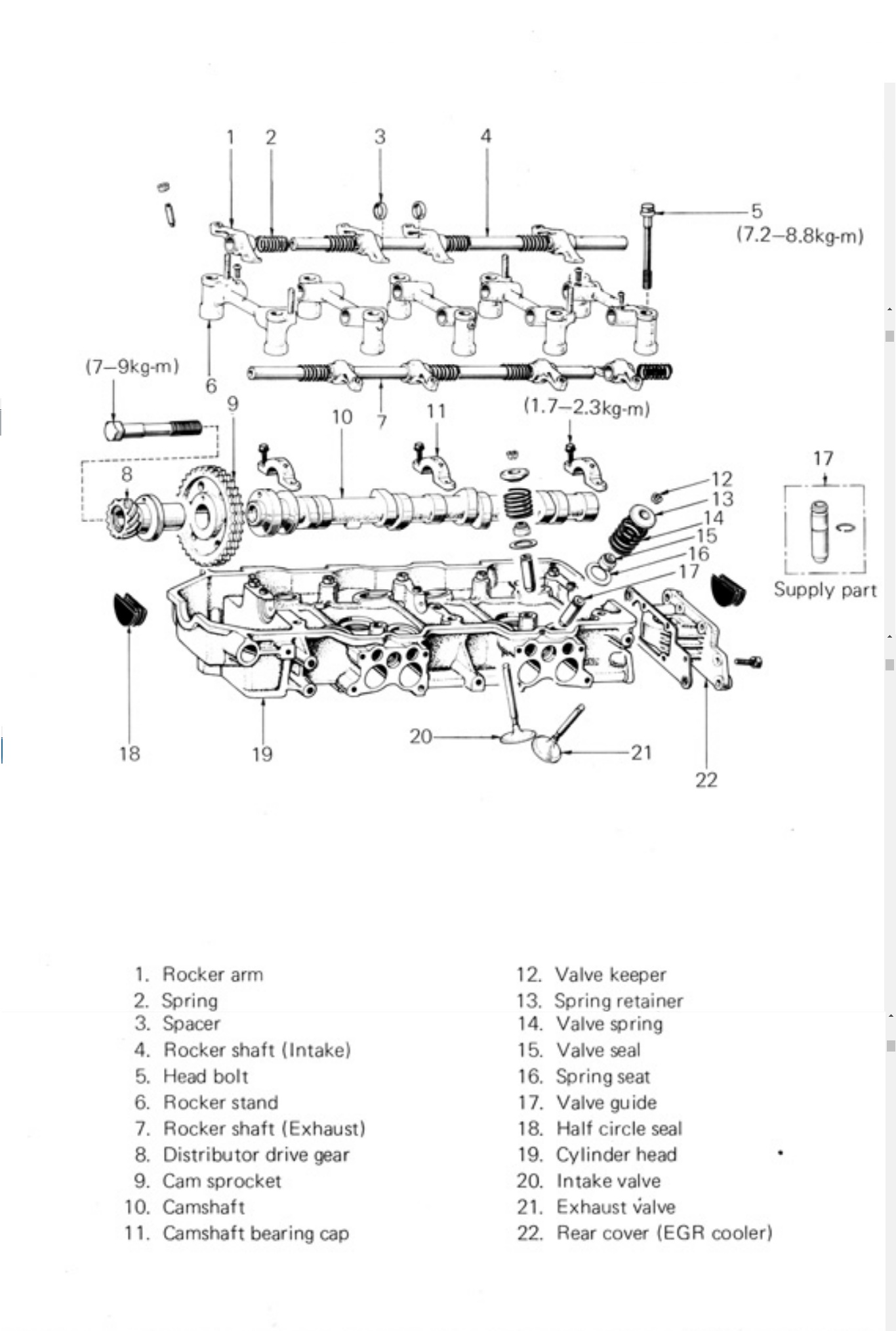BH1417 Stereo PLL FM Transmitter Circuit
Here is my YouTube video Hindi version about this circuit: This BH1417 pll fm transmitter includes features like: pre-emphasis, sound limiter, stereo transmission, low pass filter, pll circuit, fm oscillator and rf output buffer. The sound limiter maintains the same audio level so no distorsions occur, the stereo encoder separates the left and right channel enabling stereo transmission, the low pass filter blocks any audio signal above 15 Khz to prevent rf interference and the pll circuit provides a rock solid frequency stability. There are 14 possible transmission frequencies with 200KHz increments selected with a 4-DIP switch. Starts from 88.7 up to 89.9 MHz and 107.7 up to 108.9 MHz. S4 S3 S2 S1 Frequency 1 1 1 1 88.7 MHz 1 1 1 0 88.9 MHz 1 1 0 1 89.1 MHz 1 1 0 0 89.3 MHz 1 0 1 1 89.5 MHz 1 0 1 0 89.7 MHz 1 0 0 1 89.9 MHz 1 = ON, 0 = OFF Simply select transmissi...
